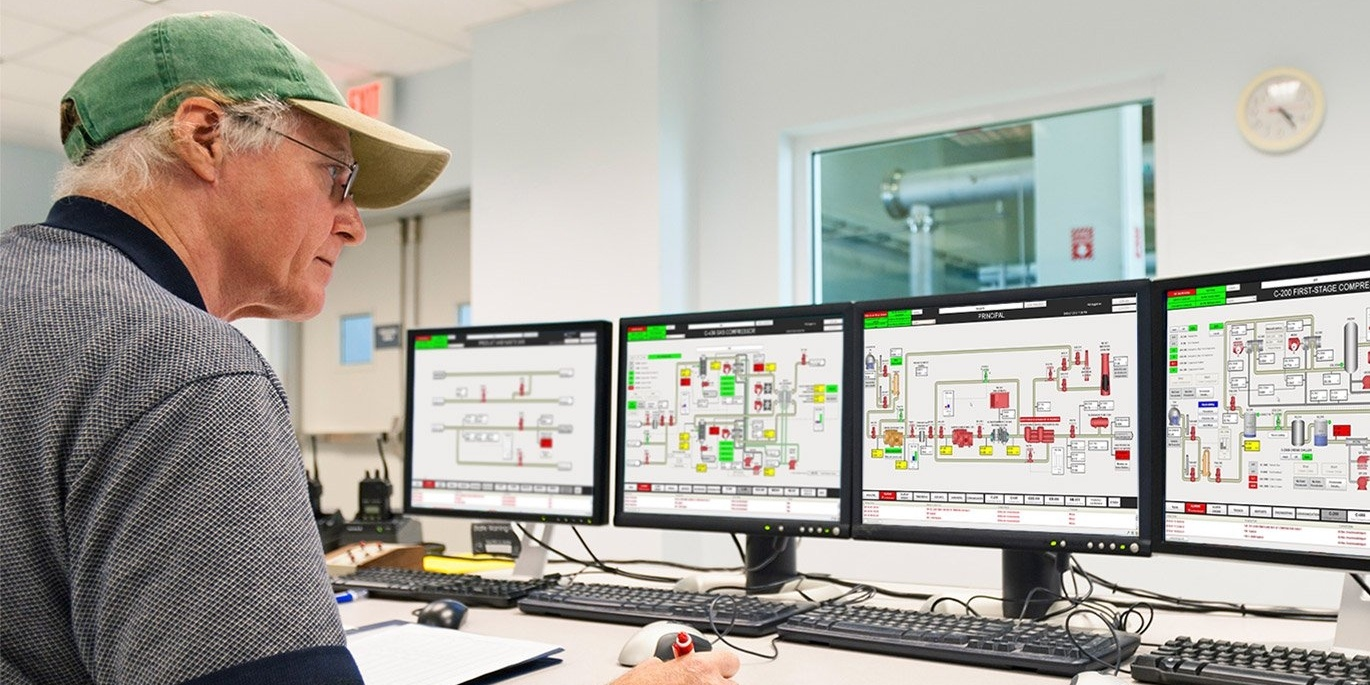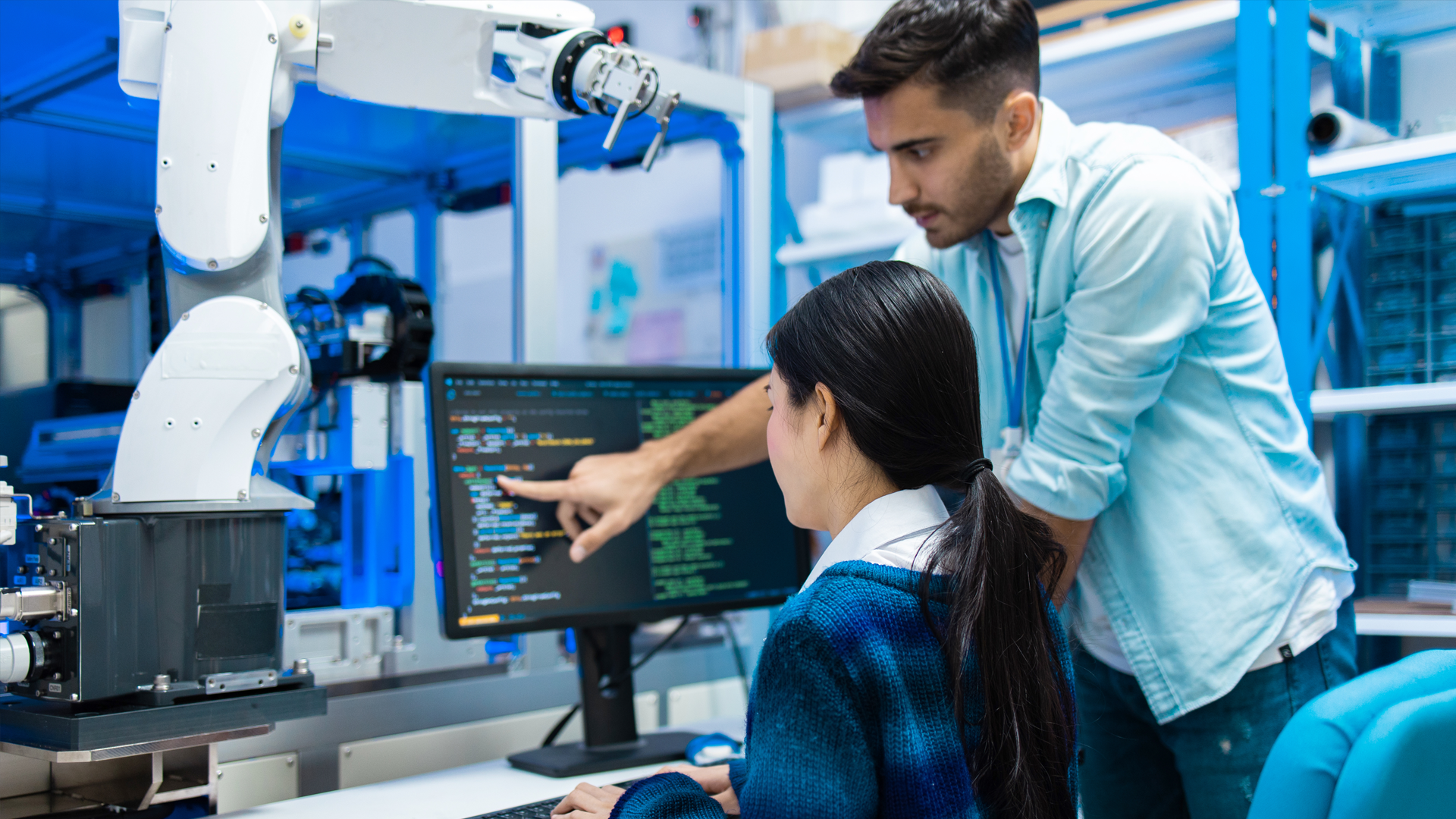
Letter from the CEO — How we went from Big Data to Superintelligence
The rise of Big Data I want to take you back to 2012 . In those early years, our focus was big data, and everyone else was looking at the cloud. We were pioneering, but in a world that was still beginning to understand the value of data.







